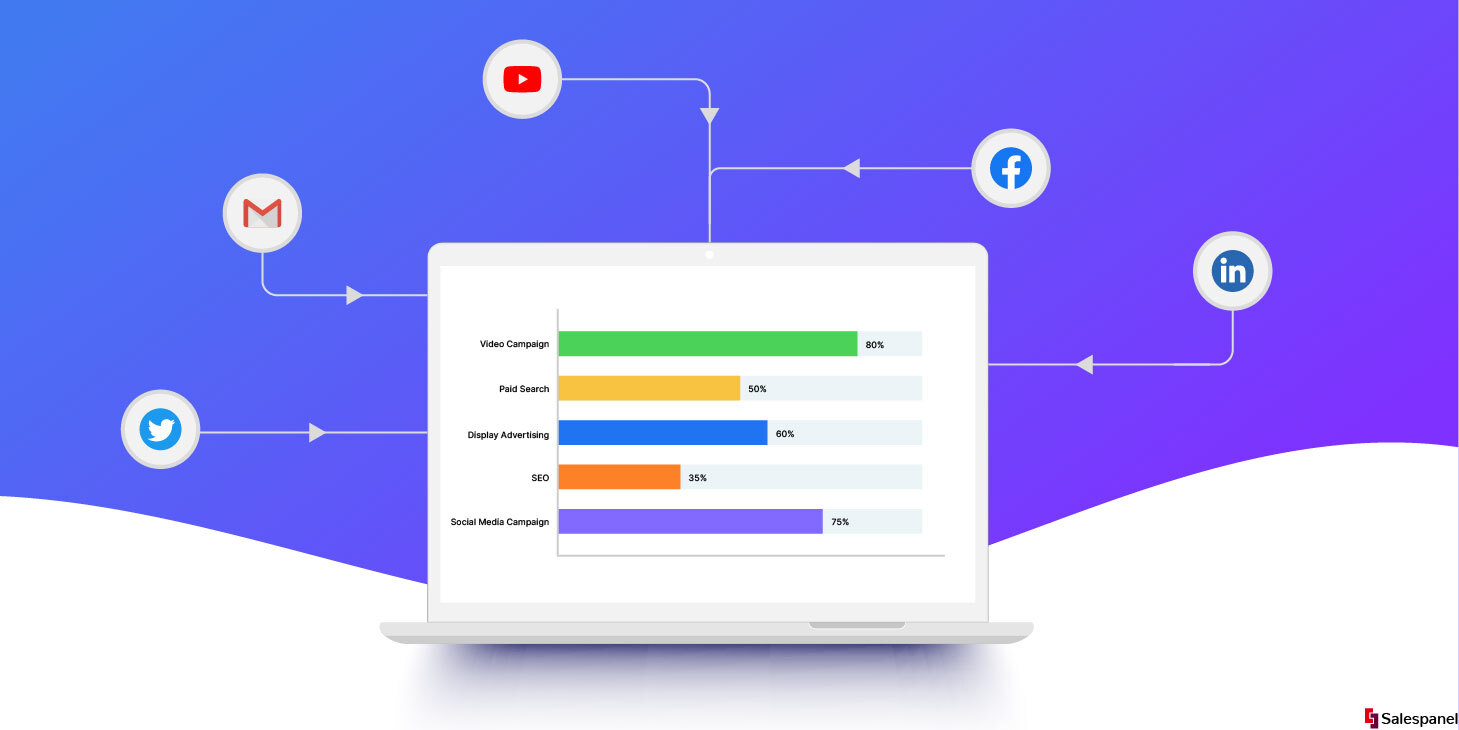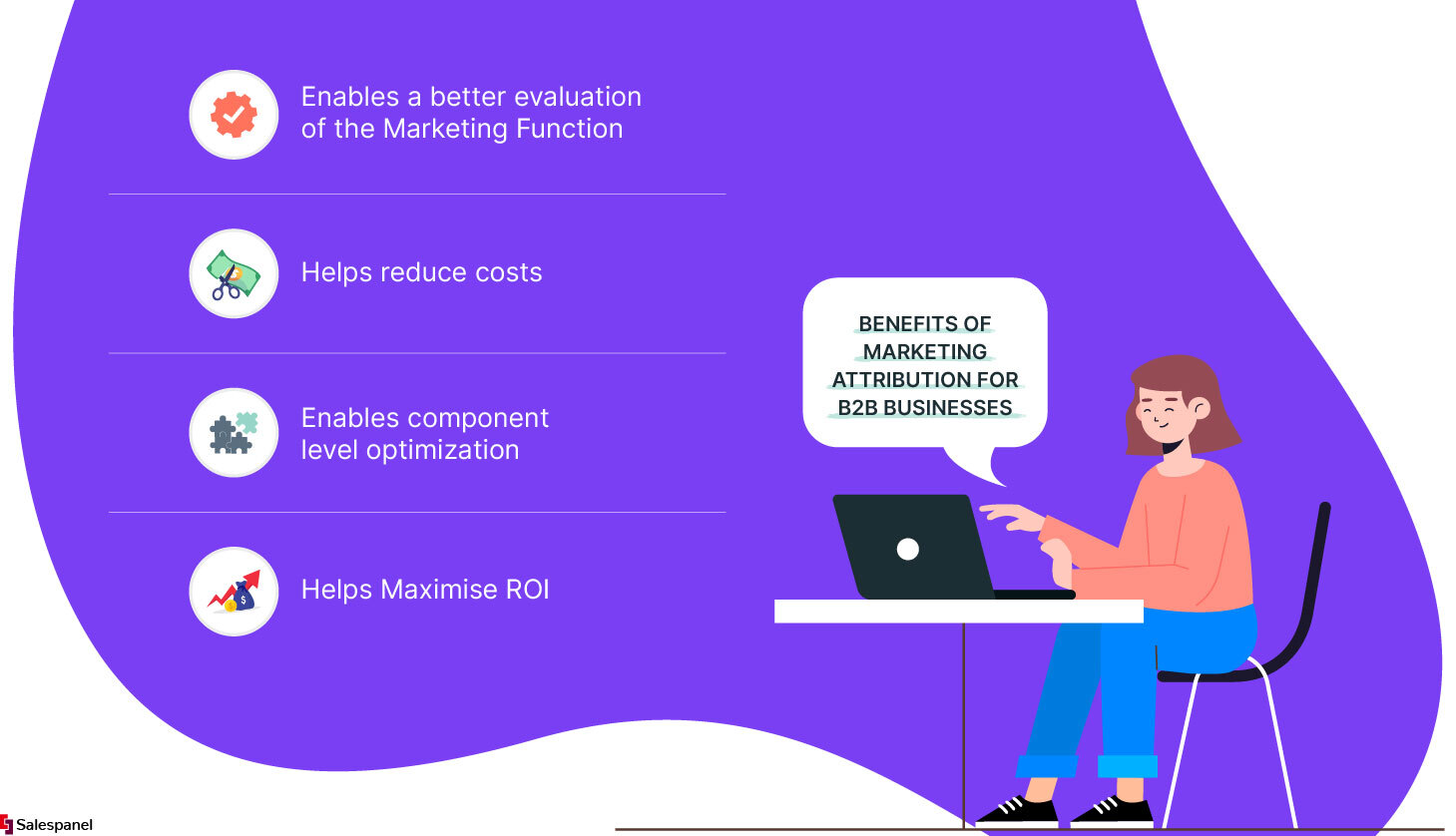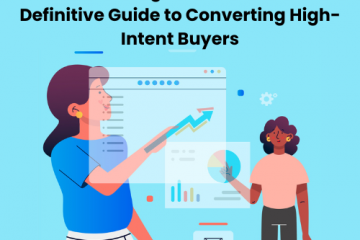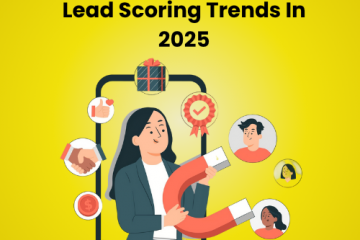Marketing Attribution: Maximize Your ROI in 6 Steps
Any marketing function needs to produce a justifiable level of output in terms of sales for every unit of resource the function consumes. While it is easy to find the overall ROI for the marketing function, that information isn’t detailed enough to help a marketer optimize the function for better performance and increased efficiency. And it helps in mapping marketing efforts with revenue. A survey conducted by Fournaise Group found that 80% of CEOs do not trust or are not very impressed by the work done by marketers. In this article, we will discuss how this problem can be solved.
At present, a firm’s marketing function is spread across various channels in various capacities. So, if a marketer wants to thoroughly optimize the marketing function, he needs to know how well every channel functions and directly connect each channel and each touchpoint with revenue. Since a customer goes through multiple touchpoints in B2B sales, knowing which touchpoint or touchpoints exactly drove them to make a purchase and to what extent is difficult to determine using traditional methods. This is where marketing and revenue attribution come into play. In one of our previous articles, we have discussed Revenue Attribution. Here we go deep into Marketing Attribution.
What is Marketing Attribution?
To put it in plain language, Marketing Attribution is a method of analytics that enables a marketer to evaluate the contribution and effectiveness of every marketing tactic and channel that drives customers to make a purchase and connect them to ROI.

Customer journeys have become complex, and a single customer will encounter multiple marketing touchpoints on various channels as they move towards making a purchase. Knowing the contribution of every touchpoint, every channel, every message, and content in driving a viewer to become a customer is all that is enabled by Marketing Attribution. Contributions can be quantified and understood easily.
There are various attribution models that adopt a different approach and help one understand different aspects of your marketing function. Every attribution model has a use case scenario, and you can read more about them here.
How Does the Attribution Process Differ from B2B to B2C?
There are fundamental differences in the B2B and B2C business models. Marketing processes and functions between the two are drastically different owing to the type of customers, their requirements, nature, and value of products and services. Plus, in B2B, the sales cycle is long, and multiple decision-makers are involved.
Marketing attribution models can be grouped into two groups, Single-touch, and Multi-touch models. If you read our Revenue Attribution article, you will know that the former is usually more suitable for B2C businesses while the latter is well suited for B2B Businesses.
Here is a breakdown of how attribution for these two types of businesses will differ.
Data Collection
Two factors play a big role here, the duration of the sales cycle, the number of channels, and salespeople involved. For B2C, this process is relatively easy as their sales cycle is short and usually not more than one salesperson.
Though there can be multiple channels involved, the data generated is relatively less because of how short the sales cycle is. Plus, the lead will probably just be one person, and the sales might happen even without the involvement of a rep (self-serve).
B2B sales cycles are long, involve multiple marketing channels, and at times, multiple salespeople working with multiple decision-makers from the target company. So a lot of data is generated and needs to be stored and organized properly for the next step.
Data Analysis
The collected data is processed further on, and in the case of B2C businesses, this step is short as the amount of data that needs to be processed is less, and single-touch attribution modeling isn’t analysis heavy.
The nature of a B2B sales cycle mandates in-depth and thorough analysis to establish relationships between each touchpoint to know how each point led the customer to the next and eventually to finalizing a purchase.

Attribution
The utilization of a single-touch and multi-touch attribution model, respectively is where the difference in the attribution process will start. Here on, the differences will vary as per the specific attribution models the B2C and B2B will choose to go ahead with.
For B2C, this process is relatively simple and easy to execute as there are fewer complexities involved.
Baring Linear Attribution modeling, a B2B marketer will require business tools and analysts capable of running the other complex models of multi-touch attribution.
All in all, B2C and B2B attribution processes are fundamentally different in terms of complexity, scale, resource requirement, and duration. Considering the requirements to utilize Marketing Attribution for B2B, what extent of benefits does it bring to a B2B business?
Benefits of Marketing Attribution for B2B Businesses

Enables a Better Evaluation of the Marketing Function
Normally, it is only possible to track the performance of various component functions of the Marketing function as a whole, but their direct impact on sales cannot be measured.
Marketing attribution enables you to evaluate the performance of every component and touchpoint of a marketing function in terms of direct impact on sales.
This helps you understand the component level potency of your entire marketing function. This knowledge is essential to know what makes a good impact on sales and the areas and components that do not contribute much. Marketing teams are able to route budget to better-performing parts of their funnel.
Helps Reduce Costs
A thorough evaluation of the Marketing function, right up to its component level, helps a marketer understand which components, channels or strategies are contributing to generating sales and which ones are not.
The ones that are not contributing can be done away with entirely to reduce costs. While those components which are contributing but aren’t contributing enough can be reevaluated while considering the costs incurred while operating.
If the costs incurred do not justify the level of the contribution these components have towards generating sales, then even these can be discarded, and the resources can either be conserved or reallocated.
Enables Component Level Optimization
When a Marketing function is found to be underperforming, it is entirely revamped. While this is a good approach, there may be some components in that underperforming function that did, in fact, perform well but were rendered useless due to other components that didn’t.
Marketing attribution allows evaluation of marketing functions at a component level which should enable a marketer to find the components that are actually not contributing and in terms of affecting the performance of the components around.
These faulty components can be revamped entirely while keeping the other impactful components of the function. This severely reduces the downtime that results when the entire function is overhauled.
Helps Maximise ROI
While there are other benefits of using Marketing Attribution, maximizing the returns on investment into the marketing function has always been the core objective of it. This is done in two ways, as stated above, by reducing costs and optimizing the function.
This, however, is not the only way in which the returns can be maximized using Marketing Attribution. It also allows for opportunities to innovate as once every component has peaked in terms of impact on sales, the only way to improve is to innovate.
The component level understanding and insight are what aid marketing process innovation as knowing how components work together and supplement each other can provide ideas as to what new things can be done that may work even better.
Marketing is an important function for any business, but its importance is even more for B2B businesses owing to the model of the business.
Getting Started with Marketing Attribution
#1 Establishing Objectives
Like every business function, Marketing Attribution needs to have a certain set of objectives. While maximizing ROI will always be a core objective, there can be secondary objectives too that can be specific to improving your marketing function.
What do you want to achieve exactly? How deep do you need to go? For example, do you only want to know which campaigns are bringing how much in revenue and optimize based on the data, or do you want to know specifics of each touchpoint?
The best way to start is to start with simple attribution and understand how campaigns correlate to revenue.
#2 Align Attribution and Objectives
Once you have established your objectives, it is time to align your attribution strategy with the outcome you want. You choose your weapons and your data and everything you need to align your attribution model with your objectives.
This stage needs you to decide how much data you want to stitch together so that you can have a 360 degree view for proper attribution. Your attribution will be as good as your tracking strategy and data and you will need a specialized customer journey tracking software (like Salespanel :D).
#3 Understand Your Customers’ Journey
Tracking and understanding the customer journey is key to attribution. You have to track which touchpoints customers are interacting with, how they are progressing through the funnel. Your customer journey tracking software should be able to help you see clear pictures.
Once you understand customer journeys, you will know about the major points from where they enter, how they behave, where they bounce off, and after which points do they finally decide to make a purchase.
#4 Choose a Suitable Attribution Model
Your Attribution objectives and knowledge about the customer journey should give you a clear enough idea about which model is most likely to help you achieve the objectives and fits well with the customer journey.
#5 Execute Attribution
Analyze the collected data to accurately attribute every component and channel for their contribution towards driving sales. The insights gained after executing attribution can be used to tweak the components and channels to make them effective or drop them entirely to reduce costs in case their contribution is insignificant.
#6 Retest and Repeat
You can repeat the entire process until all the initial attribution objectives have been achieved. You can continue this process by setting new objectives according to newer requirements to ensure you have a setup that lets you improve your marketing function on a continuous basis.
Additionally, you can even choose to run different attribution models to gain different insights into your marketing function and experiment with those until your ROIs and productivity have peaked.
Conclusion
Marketing Attribution is a critical analytical need to connect your channels and funnel with revenue. Once you understand what contributes to what, the optimization needs become much more evident. Clearly defined ROI helps you spend your budget more effectively and share precise data with your CEO.
Sell more, understand your customers’ journey for free!
Sales and Marketing teams spend millions of dollars to bring visitors to your website. But do you track your customer’s journey? Do you know who buys and why?
Around 8% of your website traffic will sign up on your lead forms. What happens to the other 92% of your traffic? Can you identify your visiting accounts? Can you engage and retarget your qualified visitors even if they are not identified?


